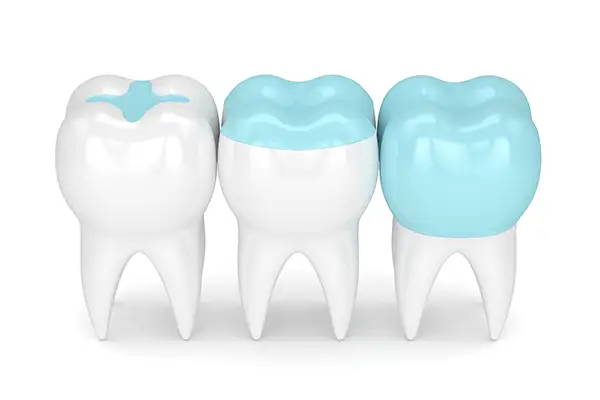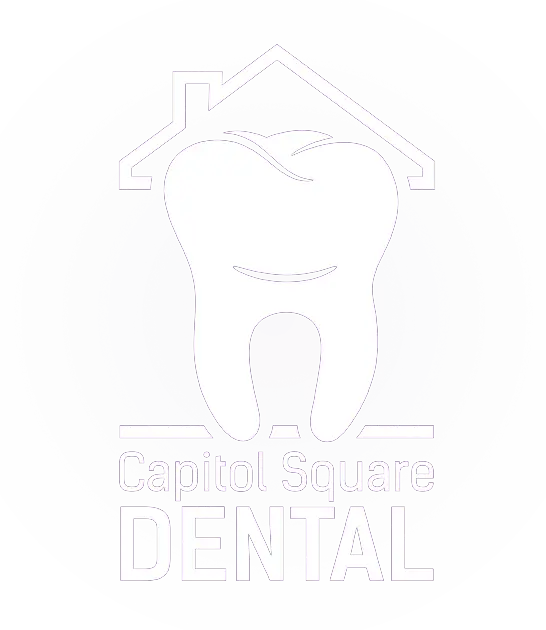Inlays and Onlays Having cavities in your teeth is not enjoyable. They can make the use of the affected teeth quite tedious. Usually, dental fillings or crowns are used to repair cavities, but there are situations where the cavity is too small for a crown, yet too large to be filled. The best solution to such dental issues is simply the use of inlays and onlays. If you have cavities that need to be filled, our professionals at Capitol Square Dental will give your teeth the best possible restoration with dental inlays and onlays. Having cavities in your teeth is not enjoyable. They can make the use of the affected teeth quite tedious. Usually, dental fillings or crowns are used to repair cavities, but there are situations where the cavity is too small for a crown, yet too large to be filled. The best solution to such dental issues is simply the use of inlays and onlays. If you have cavities that need to be filled, our professionals at Capitol Square Dental will give your teeth the best possible restoration with dental inlays and onlays.What Are Inlays and Onlays?Dental Inlays are molded fillings for a cavity that is situated in the tooth. They are molded by taking impressions of the cavity and then manufactured in a lab. Inlays are great options for hollows in a tooth that do not extend outwards on the tooth. They are a suitable option when the groove is too large for a dental filling. While taking an inlay impression, we also ensure that the color of your tooth is matched. This helps to create an unnoticeable blend once completed. While some patients might prefer gold inlays, they can also be made from porcelain or composite resin materials to fit the color of your teeth. This makes the cost a little more, but it is worth it as they last really long. Dental onlays are shaped for cavities that extend over the cusps or the biting part of a tooth. When the cavity is too large to support a standard filling, yet too small to require a complete crown, then an onlay is an appropriate choice. Onlays are great for retaining the strength of a tooth while protecting the cavity. Since onlays are meant for cavities that extend outward, they are often called partial crowns because they also cover a portion of the tooth. Onlays too can be made of gold materials, or you can opt for the ceramic and porcelain option for a natural aesthetic finish. How Are Inlays and Onlays Done?Inlays and onlays follow a similar process as getting a crown installed. Although, you get to keep more of your natural tooth structure when receiving an onlay or inlay. First, you will need to discuss your medical and dental history with our team, and we will intimate you with the process and help you consider the best material for your inlay or onlay. Once cleared, you will be placed under local anesthesia so that we can clean the cavity and remove decay. Then with modern dental tools, an impression will be taken of the cavity and sent to the lab to be manufactured. A temporary filling will be placed on the affected tooth until your permanent inlay or onlay is ready. Caring For Your Inlays and OnlaysIn a few days from the permanent placement, you should be nicely recovered. Using inlays and onlays do not require too much fuss, but it is worthy to note that your teeth are still susceptible to bacteria and plaque buildup. Thus, practicing good oral hygiene is necessary to keep them in great shape. It is also necessary to check in with us as required to examine the restored tooth. If you have a cavity and want to know if inlays and onlays are a great option for you, reach out to us at Capitol Square Dental. Simply call us at (380) 383-3497 to schedule a consultation with us. |
 Phone(380) 383-3497 HoursTues: 9:00am - 6:00pm Thurs: 8:00am - 3:30pm M, W, F, S - By appointment only |